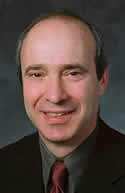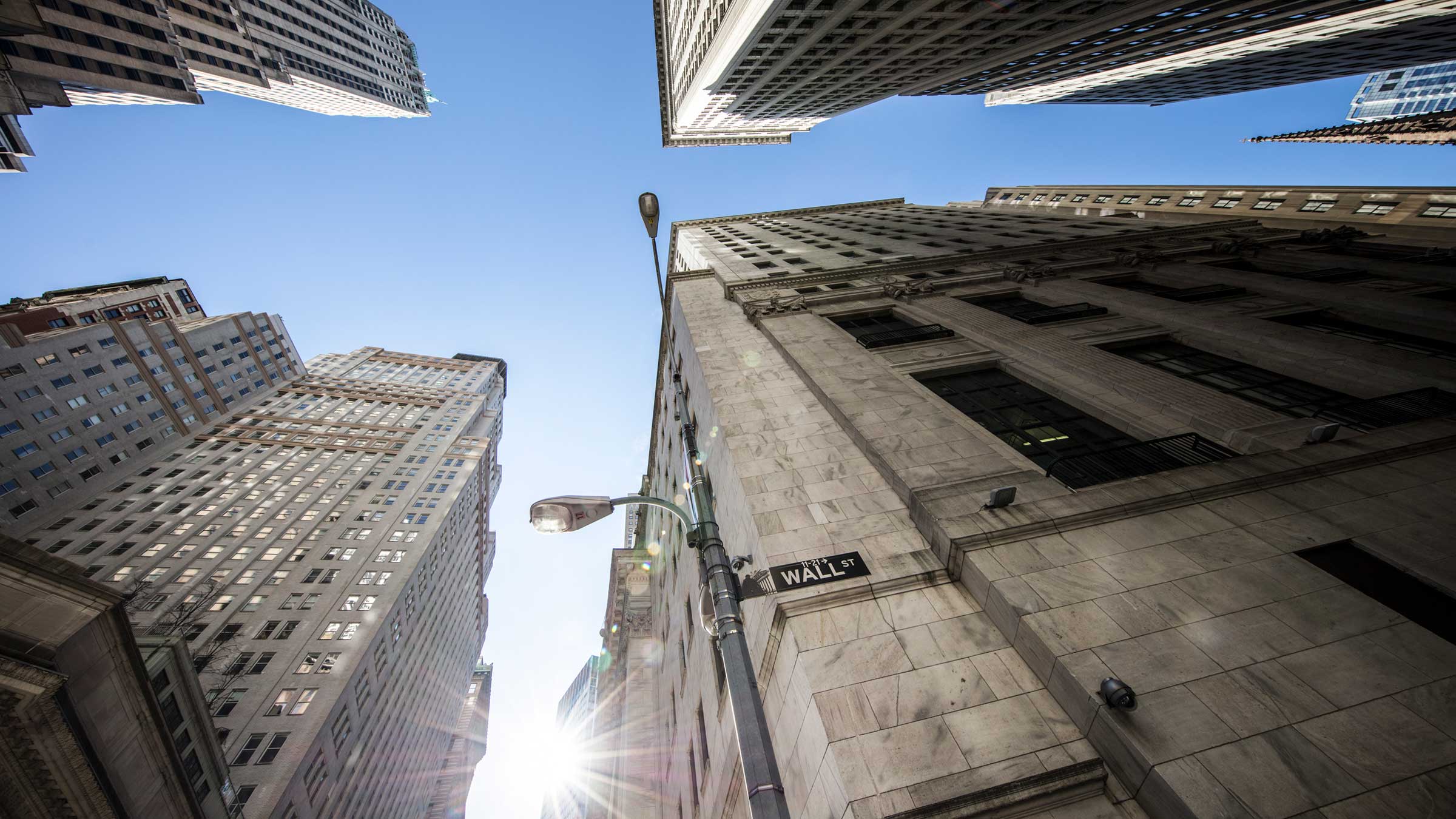The president of a central Minnesota bank and former director of this bank, Pete Allen, recently dropped me a note about reforming federal deposit insurance. When he heard that I was going to be speaking on this issue at a recent Minnesota Bankers Association management conference, Pete wanted to offer some friendly advice on a topic that has become popular in light of the costly savings and loan bailout. He was concerned that "John Q. Public" had no way of knowing whether a bank was safe, and Pete urged me not to support an approach to reform that, in effect, relied on the public to regulate banks. Pete is not the only one with this concern; in fact he is in very distinguished company. L. William Seidman, chairman of the Federal Deposit Insurance Corporation, commenting on whether depositors can be relied on to discipline banks, has stated, "We have a hard enough time figuring out a bank's financial condition. I don't see how you can expect a depositor to do it."
The concern of both gentlemen, while understandable, is unnecessary. Regardless of the lack of sophistication of the average depositor or even most depositors, market discipline will work for bank deposits just as it does in other markets for financial assets where the average investor is no more sophisticated than the average depositor.
Both Pete Allen and Bill Seidman are responding to the type of proposal that appeared in the Minneapolis Fed's 1988 Annual Report. In that essay John Boyd, senior research officer, and I recommended that bank deposits be coinsured, so that depositors share some of the risk of a bank failure. Under the current system, all deposits at large banks are virtually 100 percent guaranteed, while deposits at other banks are insured up to $100,000 per account. We instead advocate a 100 percent guarantee for deposits up to $10,000, only one fully insured account per person and 90 percent coverage (coinsurance) for everything over $10,000. Consequently, anyone with more than $10,000 in deposits would be subject to some risk of loss if their bank should fail. We also recommended that any such proposal be adopted gradually.
The rationale behind coinsurance is to bring some market discipline to bear on depository institutions' behavior toward risk. Most insurance has a potentially costly side effect. It encourages the insured to take on more risk than they would otherwise (this is the so-called moral hazard problem) and deposit insurance is no exception. But with coinsurance, risk-averse depositors will either require banks to hold safe portfolios or pay a risk- adjusted rate of interest. In either case depository institutions will have less incentive to take on excessive risk.
Pete Allen and Bill Seidman are worried that the market will not work as we suggest because most depositors are not sophisticated about banking and know little about their bank's portfolio. While they may be correct about the sophistication and knowledge of most depositors, they are wrong in concluding that this will somehow prevent the market from properly pricing bank risk and reducing the incentives insured institutions have toward risk.
Depositors' ability or willingness to monitor banks should not be judged by their current behavior. Given that bank deposits today are almost fully insured, it is not surprising that few depositors know or care about their banks' portfolios. But imagine a world with no deposit insurance. Potential depositors would surely demand information about the safety of a bank's portfolio. Those banks holding safe portfolios would in turn want the public to know about their investment strategy because the safer the bank the lower the rates they have to pay depositors; they will have an incentive to advertise their high safety standards. Those banks pursuing more risky portfolios may try to provide little information about their portfolio. This strategy, though, could backfire as risk-averse depositors and competition could easily drive their deposit rates much higher than if they fully informed the public. Risky banks may also try to misinform the public, but government regulators and independent rating agencies will serve to minimize this behavior.
That the public can evaluate and price risk is obvious in many markets. The market for mutual funds is a good example, where returns on these funds reflect the riskiness of their portfolios. Others include the markets for stocks, bonds, houses and cars. And there is no reason to believe we would see anything different in the market for coinsured deposits.
Indeed, before federal deposit insurance was established in 1933, the public did monitor banks. A good example occurred in the mid-19th century, during the so-called free banking era, when local newspapers and specialized bank periodicals regularly reported on bank conditions. Given the demand for this information, the local media found it profitable to, in effect, provide a bank rating service.
A recent study of banking in the 1920s is also revealing about the public's ability to assess bank risk. This study found that banks with the riskier portfolios paid higher rates of interest on their deposits, while banks that had the safer portfolios (for example, more liquid) paid much lower rates. Somehow, at least some depositors knew how to distinguish between safe and risky banks. And other depositors, the presumably unsophisticated, could distinguish between safe and risky banks by the rates on deposits they offered. An MBA degree is not required to understand that banks paying higher rates must be investing in higher risk assets.
All of this, of course, is not to imply deposit insurance should be eliminated. I am well aware of the history of banking crises before bank deposits were insured by a federal agency. The Minneapolis Fed's proposal doesn't come close to eliminating deposit insurance; it is a modest attempt to bring some market discipline back into banking.
I am sure that Pete Allen will not be surprised to learn that I did not take his advice. He knows that I generally prefer a market solution to most economic problems. Nevertheless, he raises an often-heard concern that those of us who advocate a market discipline approach to deposit insurance reform should address.





